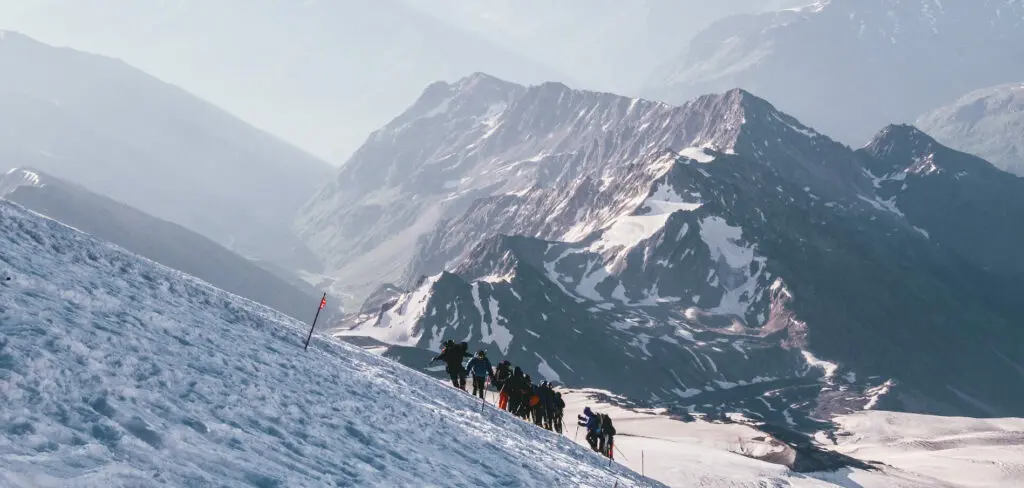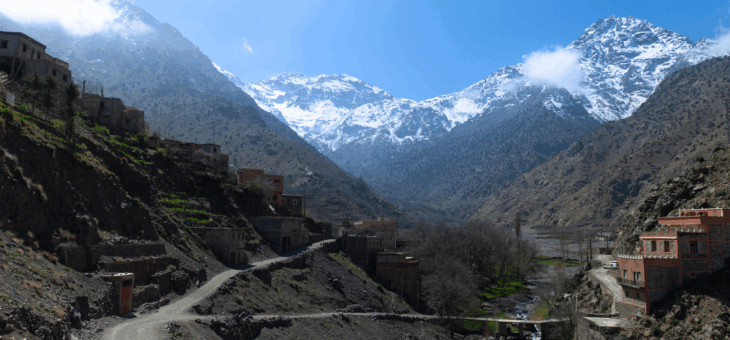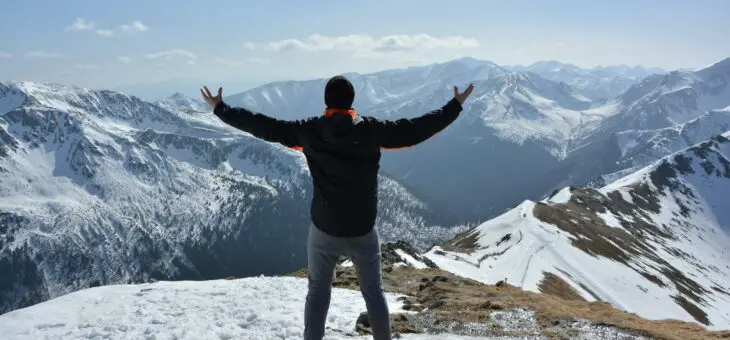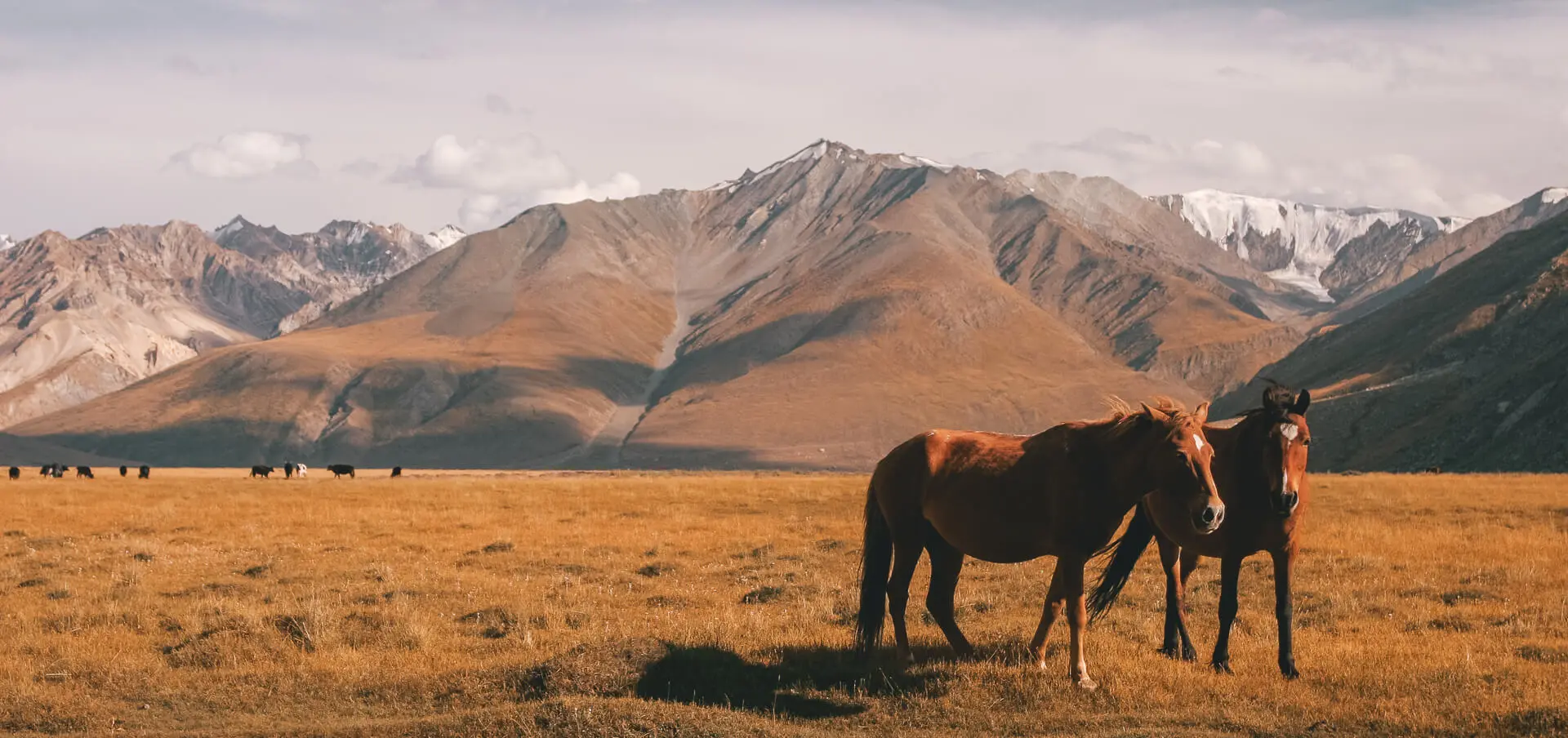
At 5,642m high, Mount Elbrus is a serious mountain. The highest peak in Europe and one of the Seven Summits, Elbrus is a proper challenge and not one to be taken lightly. But is it safe to climb Mount Elbrus? Let’s take a closer look…
Is it safe to climb Mount Elbrus?
Whenever you climb a mountain, you need to be sure that you’re doing it in the safest way possible. The safest way to tackle Elbrus is with a solid and expert team around you. On our Earth’s Edge expedition to Mount Elbrus, you’re surrounded by an impeccable team of leaders, porters and guides. We also send an international doctor on every one of our trips. The team all know the mountain inside out, and know how to summit in the safest way possible. Picking the right team means you’re putting yourself in the safest possible position.
Which way to go
There are two routes to the top of Elbrus. The South Side is effectively a more touristy ski resort. Those reaching the summit this way use cable cars, car lifts and piste machines to reach 4,700m, before walking the last 942 metres to reach the summit.
We take the lesser travelled path, and head to the summit on the North Side. There is only a fraction of the climbers on this side, and it’s a much more authentic journey. This makes it tougher, of course, but we take our time, leaving days to acclimatise along the way.
Is it a technical climb?
The route from Camp 1 to the summit is completely covered in snow and ice, but it is not technical. We would recommend you have experience on snow and ice but it is not essential, as we will provide training on the expedition.

Is the weather an issue?
In this region, the weather is notoriously tricky. This means that there is no guarantee we will reach the summit. The nature of high altitude peaks such as Elbrus means that sometimes we don’t get a window of good weather which allows us to attempt the summit. This decision is made with safety as the number one priority.
What about altitude sickness?
Acute Mountain Sickness (AMS) is a concern on many expeditions. But if you’re aware of the symptoms and you take things nice and slowly, it’s something that’s easily managed. We plan our route in order to help us all acclimatise properly, taking time to adjust as we increase our elevation. The doctor is there to help with any issues at altitude, but the most important things to remember are to…
- Stay hydrated (at least 3 litres of water a day, preferably 5)
- Keep eating (even if you’re not hungry, you need to maintain calorie input)
- Rest (this means a good night’s sleep as well as plenty of breaks)
- Take your time (this isn’t a race – going slowly helps you acclimatise)
Remember, our doctor is on the expedition for a reason! If you tell the doctor as early as possible if you don’t feel well, the solution will likely be simple. The longer you wait, the worse it can get.
For more information about our expedition to Mount Elbrus, click here.






